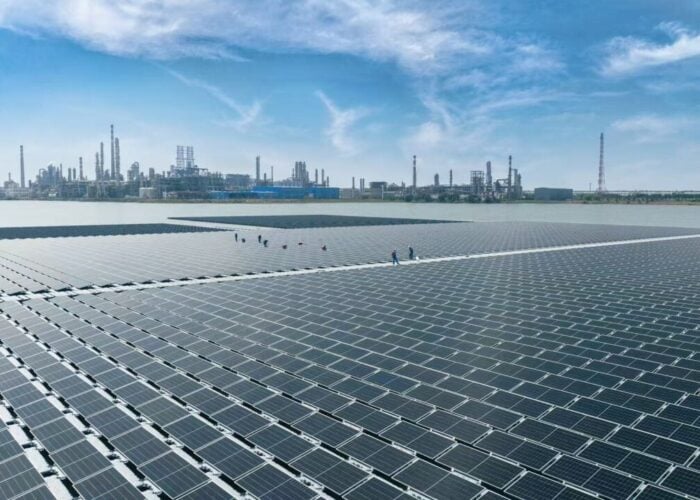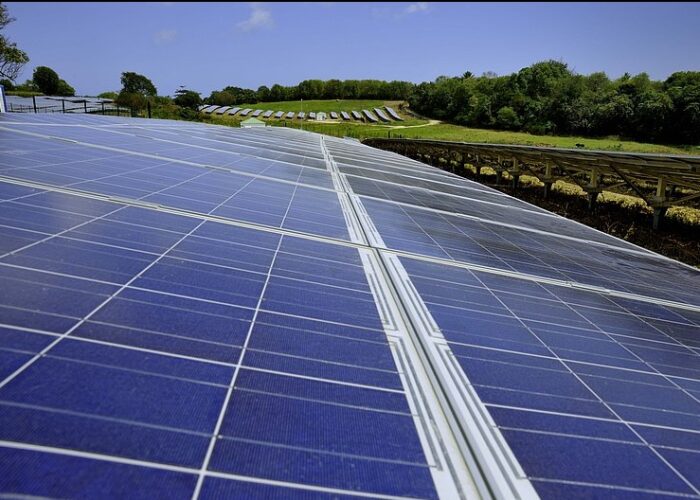The materials sector of the photovoltaics industry saw quite a few developments in the past year. Polysilicon cost, especially given the ongoing economic downturn, had risen for most of 2008, but the expected rise in polysilicon supply has seen prices fall by around 50% over the course of the year.
A report by PHOTON Consulting in early May predicted an increase in cell efficiencies as a result of the use of unblended metallurgical grade silicon. The report, commissioned by Timminco, served as an independent review of its processes and products, and the story proved to be very popular with our daily readers.
Unlock unlimited access for 12 whole months of distinctive global analysis
Photovoltaics International is now included.
- Regular insight and analysis of the industry’s biggest developments
- In-depth interviews with the industry’s leading figures
- Unlimited digital access to the PV Tech Power journal catalogue
- Unlimited digital access to the Photovoltaics International journal catalogue
- Access to more than 1,000 technical papers
- Discounts on Solar Media’s portfolio of events, in-person and virtual
Despite growing concerns regarding the softening demand in the PV materials sector, it was interesting to see REC ASA announce that it has filled its order book for up to and including 2010. The $450 million order placed by Neo Solar Power in September, as well as the 500MW supply deal signed with LDK Solar, confirm that demand for wafers should no longer be a cause for concern, despite the current climate.
Following on from the massive wafer order it placed with REC that guarantees a ten-year supply, starting in 2009, LDK Solar also surprised those pessimists among us by providing an unchanged revenue and spending plan for 2009 from that presented in earlier reports. Quite the contrary: LDK’s CFO Jack Lai expects to increase capacity to 2GW by the end of 2009 – a statement that he claimed was “neither aggressive nor conservative.”
Another strong performer this year was ReneSola, which has stuck to its goals of reaching a capacity expansion of 645MW in ingot production and 585MW in wafer production capacity for the year. It seems the credit crunch is selective in its targets!
The concept of ‘black silicon’, a very strong story for us this year in the materials section, proposed the use of a highly light-absorbent material that can absorb nearly twice the visible light of regular silicon. The new material, developed by SiOnyx, has potential benefits for the PV industry as a whole, and with the focus all too often on capacity ramps, it is clear to see that the conversion efficiency of the materials being produced is the factor to watch in this industry.






